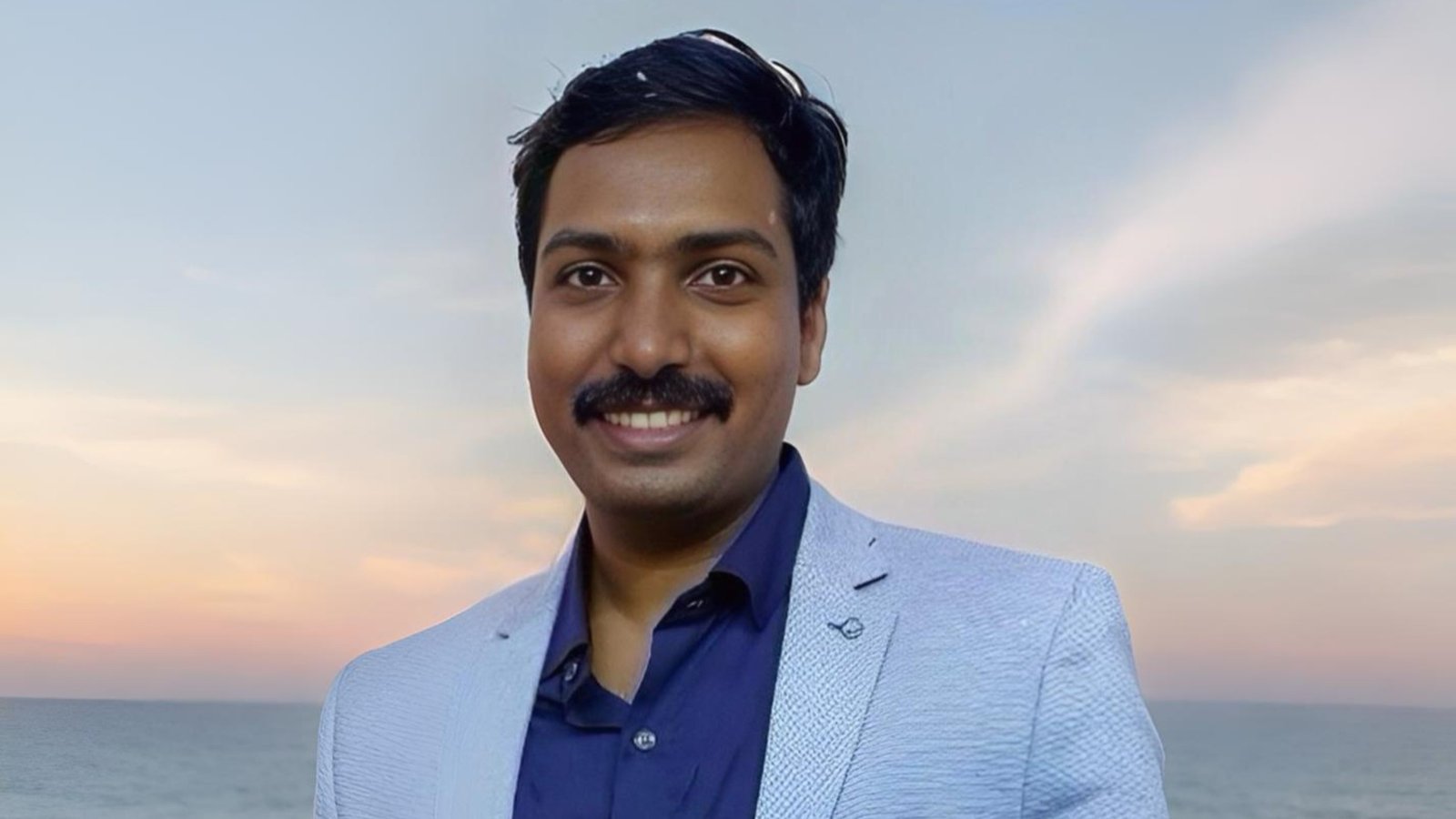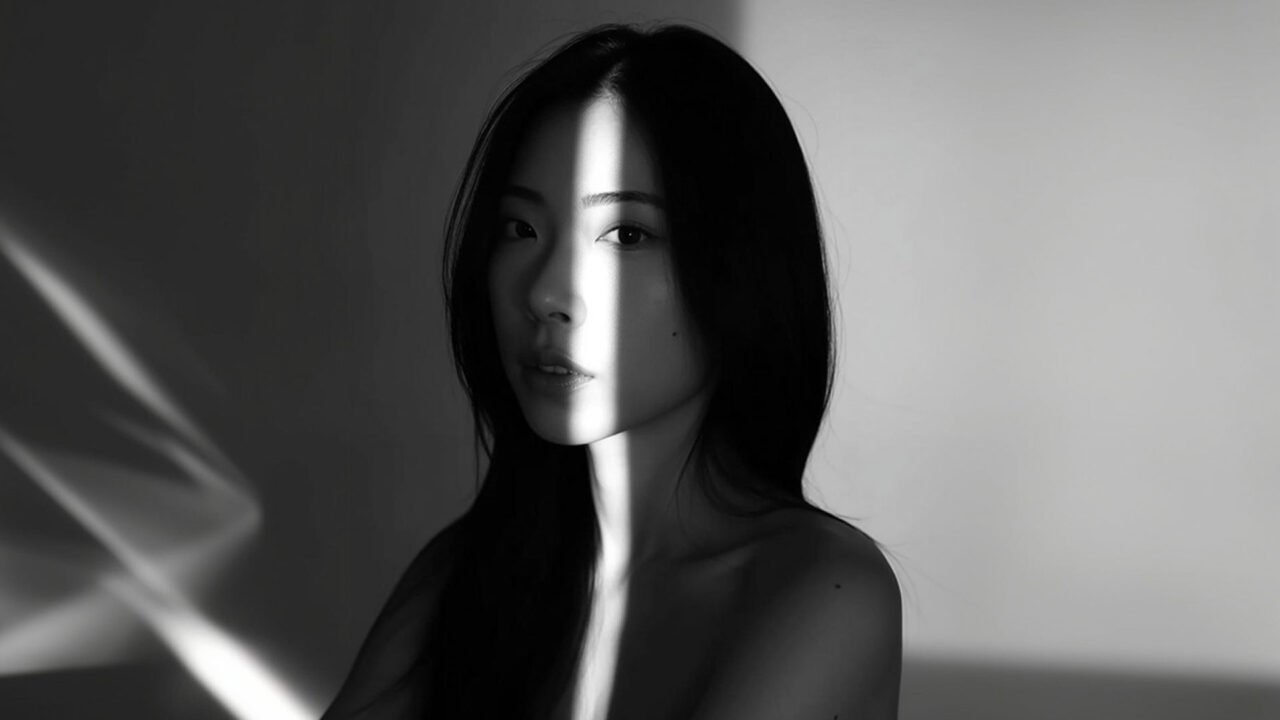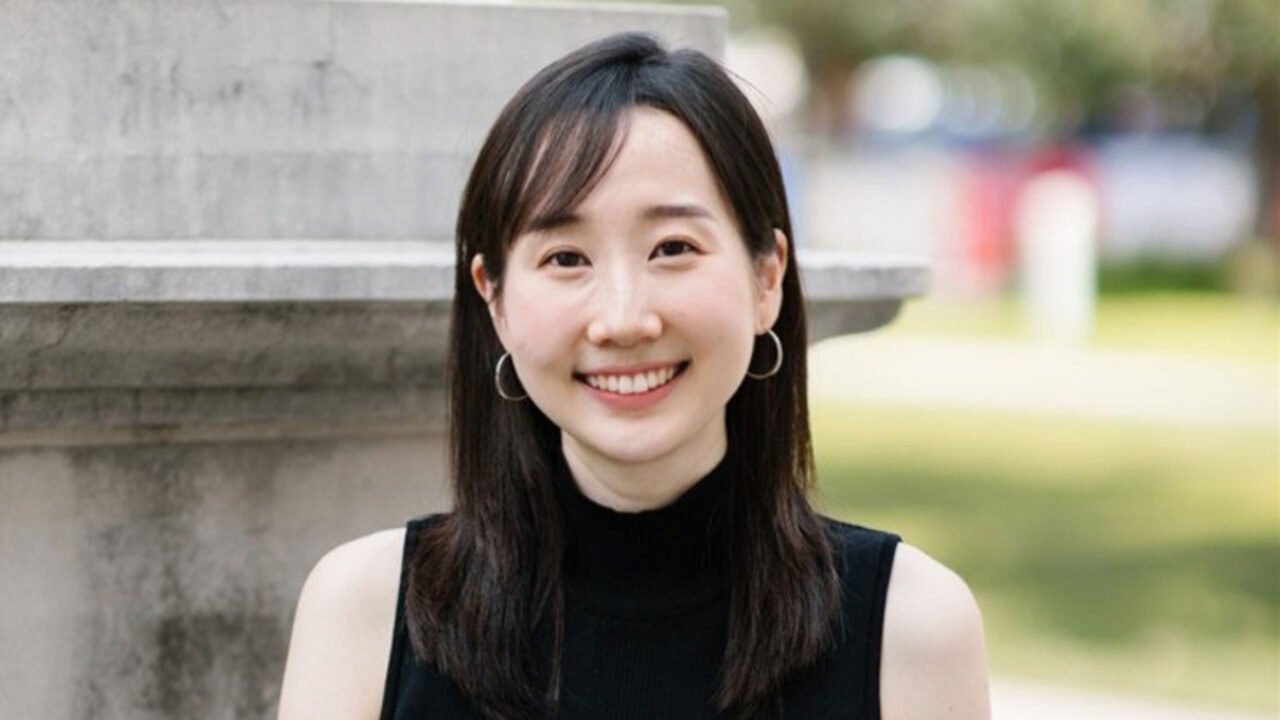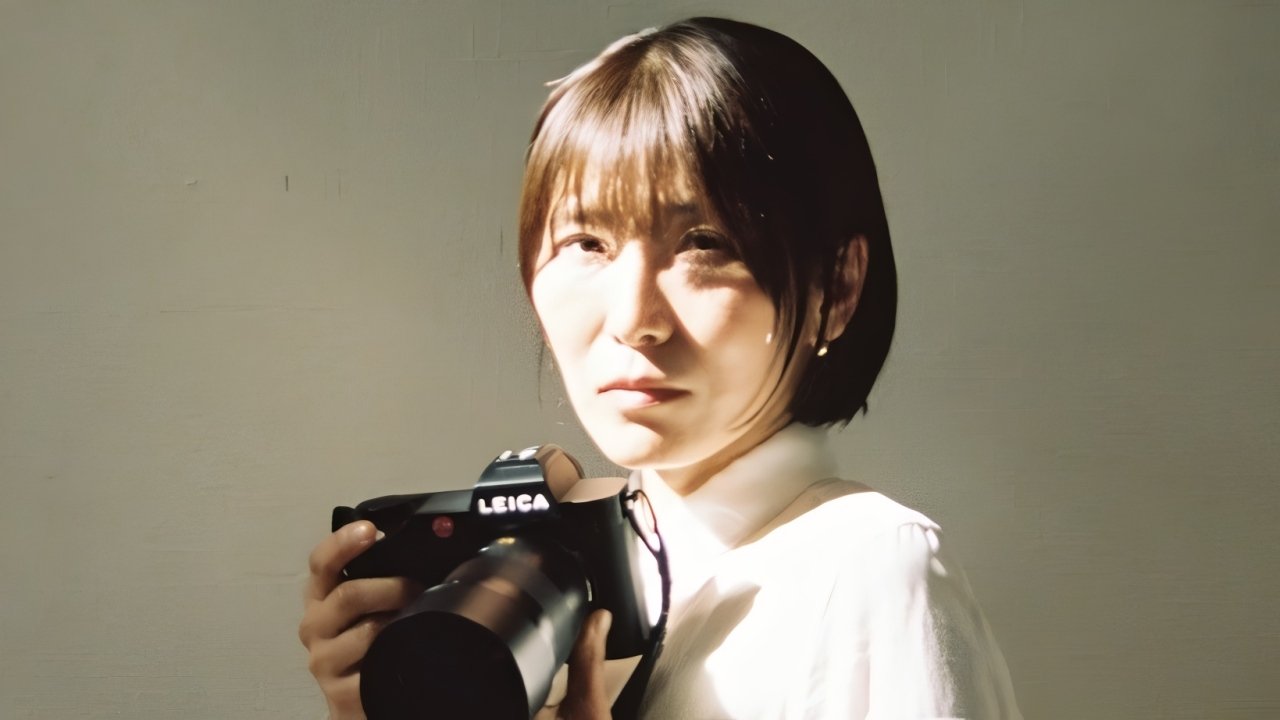
A Conversation with Krupal Gangapatnam | Real Problems with Digital Solutions
June 16, 2025
Ilida Alvarez | How the CEO of Alvarez Dispute Resolution Is Changing the Face of Conflict Resolution
June 16, 2025Jiasiou Wu
Jiasiou Wu is a portrait and documentary photographer whose minimalist style captures the quiet power of human connection and everyday landscapes. Guided by a deep curiosity for light and emotion, their work explores the stillness of ordinary moments and the way images can preserve presence beyond words.
I'm a portrait and documentary photographer with a minimalist style. I'm from Tuku Town, Yunlin County, Taiwan, and I focus on photographing the most sincere emotions between people and landscapes. I started my photography with a deep curiosity about light and people.
It was an ordinary afternoon when I picked up my camera for the first time and pressed the shutter on a moment in my family, and from that moment on, I felt the power of images to transcend words and capture the "present is eternal".
The award-winning work "The Fireboat of Hope" was filmed at the King Boat Festival in Mailiao Township, Yunlin County, Taiwan. This ritual has been deeply rooted in the hearts of the locals for hundreds of years, and is a religious practice that allows calamity and anxiety to be resolved by the gods through the ritual of sending the king's ship.
As I stood at the scene and watched the villagers work together to lift the boat, burn their wishes, and watch the king's boat go away, I was deeply moved by the collective emotional energy and the deep, hidden meaning in the ceremony. Inspired by the concepts of impermanence and willingness.
The burning of the king's ship is a letting go and a transformation of things, and it reminds me, "Though all things will eventually dissipate, may the heart accomplish all things." Through the video, I hope that the viewer will not only see an event, but also feel the sincere hearts of people praying for hope in the midst of suffering.
For me, in the process of selecting the entries, I would pause and look back at the entire set of images, not just looking at the composition and technicality, but feeling, "Which photo really conveyed my thoughts and vibrations at that time?" For works like The Fireboat of Hope, the images I choose revolve around a central theme: "How is hope born from incineration?"
These photographs are not just a record of the present, but also a kind of question, an echo. I hope that when the judges watch it, they will not only see the lively appearance of the picture, but will be touched by the emotions and beliefs that flow quietly in it. So in the end, I chose photos that were moments of respect and compassion that would still inspire respect and compassion in my heart even if I looked back at them later.
What prompted me to pick up the camera was an ordinary afternoon, the sun shining through the window on the faces of my family, and the tranquillity and gentleness of that moment made me want to record it.
The moment I pressed the shutter, I suddenly understood that photography is not just about capturing images, but also a way to preserve the feelings of the moment and freeze time and space.
After that, I slowly realised that the camera was like a mirror, allowing me to see others and myself. After that, I continued to learn how to see and see more deeply. So I kept shooting, walking in light and shadow.
My favourite genre of photography is humanistic and emotional documentary. Because people are the most moving in the state of real flow, those unarranged but naturally appearing expressions, limbs, and eyes often hide an indescribable power. It is not deliberately created, but the "truth" that flashes out when the present moment and life naturally intersect.
That's why I love photographing religious ceremonies, family interactions, and even street encounters. I like to watch and wait in silence until that moment happens naturally, and I am just a witness, gently, to preserve the warmth of that human heart.
Jiasiou Wu
Jiasiou Wu is a portrait and documentary photographer whose minimalist style captures the quiet power of human connection and everyday landscapes. Guided by a deep curiosity for light and emotion, their work explores the stillness of ordinary moments and the way images can preserve presence beyond words.
Read more photography interviews Through the Eyes of Marcus Fox: Where Raw Energy Meets Visual Story here.






